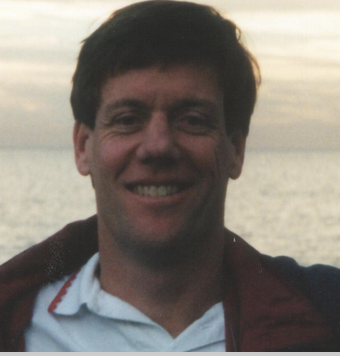William Heidbrink
Seminar Information

The use of spin polarized fuel could increase D-T fusion reactivity by a factor of 1.5 and,
owing to alpha heating, increase fusion Q in ITER even more [1]. The use of polarized D and
3 He in an experiment avoids the complexities of handling tritium, while encompassing the
same nuclear reaction spin-physics, making it a useful proxy to study issues associated with
full D-T implementation. 3 He fuel with 65% polarization can be prepared by permeating
optically-pumped 3 He into a shell pellet [1]. Dynamically polarized 7 Li-D pellets can achieve
70% polarization for the deuterium [1]. The polarization lifetimes in cooled 3 He fuel capsules
are days, while only minutes for 7 Li-D [1]. (This is still much greater than the ~10 second
duration of a plasma shot in a research tokamak such as DIII-D.) Cryogenically-frozen pellets
can be injected vertically into tokamaks by special injectors that minimize depolarizing field
gradients. The use of a Sona transition [2] to polarize neutral beams is also under
investigation. Theoretically [3], nuclei remain polarized in a hot fusion plasma for much
longer than the particle confinement time but the predictions have never been tested
experimentally. Measurements that exploit spin-induced changes in differential cross section
are more sensitive than measurements of the reaction rate alone [4]. One possible
experimental scenario uses an unpolarized 3 He fast-ion population (~80 keV) and deuterium
pellets; in another, both species are polarized in a thermonuclear plasma with ion
temperatures above 10 keV. Modeling shows that a T i >10 keV DIII-D plasma generates 14.7
MeV proton and 3.6 MeV alpha signals that are sensitive to depolarization with high
accuracy [4]; additionally, nearly all reactor-relevant depolarization mechanisms are
accessible for study in DIII-D. With a sufficiently intense polarized beam, accurate
measurements of the depolarization rate could also be performed on many other devices.
Distinguished Professor Heidbrink earned his B.A. degree from the University of California, San Diego in 1977. For the next two years he performed industrial research in pulsed power at Maxwell Laboratories. In 1984, he received his Ph.D. from Princeton University. After working as a staff member on the TFTR tokamak and the DIII-D tokamak, he joined the UCI Physics Department in 1988. He was the 1995 recipient of the Lauds & Laurels award for Distinguished Teaching and was named a Fellow of the American Physical Society in 1996. In 2004, he received the Excellence in Plasma Physics Research award from the American Physical Society. He won the UCI Academic Senate's Distinguished Faculty Award for Teaching in 2017-2018 and has won departmental teaching awards three times. His primary research specialty is super-thermal energetic particles in magnetic fusion experiments.
